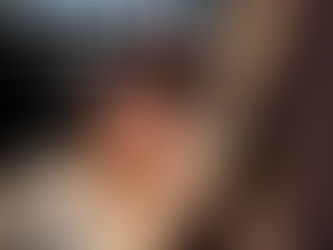top of page
Widget Didn’t Load
Check your internet and refresh this page.
If that doesn’t work, contact us.


BANA SETS THE RIPPLE EFFECT IN MOTION
WORDS MAISIE JANE DANIELS Ending the year with a bang, BANA — the boundary-pushing pop artist effortlessly bridging her Kurdish heritage with contemporary global sounds — signs off 2025 with “Ripple Effect” , a slick, high-energy release that feels like a statement of intent as much as a celebration. Hot on the heels of her intoxicating, dance-infused single “ Air ”, and a run of remixes from electronic heavyweights Meg Ward, Josh Parkinson and Ossie, “Ripple Effect” is poli


TOAST 2026 AT THE BARBARY, NOTTING HILL
WORDS MAISIE JANE DANIELS I arrived at The Barbary early on a Wednesday evening, expecting the quiet hum of midweek diners. Notting Hill, with its pristine streets and tasteful Christmas lights, felt a world away from my Tottenham postcode, where my neighbours’ annual display resembles the permanent flashing of ambulance-coloured lights through my window. Yet, stepping into the Grade II–listed corner building on Westbourne Grove, I felt instantly cosy and settled. The restau


THEY TALK WHEN YOU LEAVE: LAYERED
BY DANNI SPOONER - PHOTOGRAPHY + EDIT CHERRY AU LAYERED was created in memory of Leia — a space built to hold trans and non-binary creativity with patience, care, and room to breathe. Some stories arrive fully formed; others need time. This piece lives in that in-between — made years ago, carried quietly, and shared only when the artist was ready. Danni Spooner’s photographic series they talk when you leave is deeply layered, both in form and in feeling. Shot in 2022 — befo


SUBURBAN SAINT
Suburban Saint captures a restless figure moving through the quiet edges of suburbia, where moody, sculptural looks embody the fragile tension between rebellion, memory, and becoming.


CREATIVE AND FINANCIAL TOOLS FOR FASHION FOUNDERS
Where Creativity Meets Strategy: Turning Fashion Vision Into a Sustainable Business Fashion entrepreneurship blends art, business, and relentless adaptability. Designers dream in color, texture, and movement. But turning that vision into a steady business requires systems that support cash flow, brand identity, and operational order. Creativity alone won’t carry a label far. Financial discipline alone won’t attract customers. Success happens when both sides work together. Tod


HANNAH JONES IS A RAY OF LIGHT: LAYERED BEAUTY STORY UNVEIL
INTERVIEW ROB CORSINI - PHOTOGRAPHY MICHAEL HIGHAM - CREATIVE DIRECTION + PRODUCTION MAISIE JANE DANIELS - MAKEUP MATILDE RIBAU - HAIR ALEV MILLER - VIDEOGRAPHY RODRGIO BELASQUEM LAYERED was created in memory of Leia — a space built to honour, archive, and uplift trans and non-binary voices. Our print beauty story Hannah Jones Is A Ray of Light brought that intention to life with full force: an uplifting editorial and interview capturing the depth, humour, joy, and te
bottom of page
